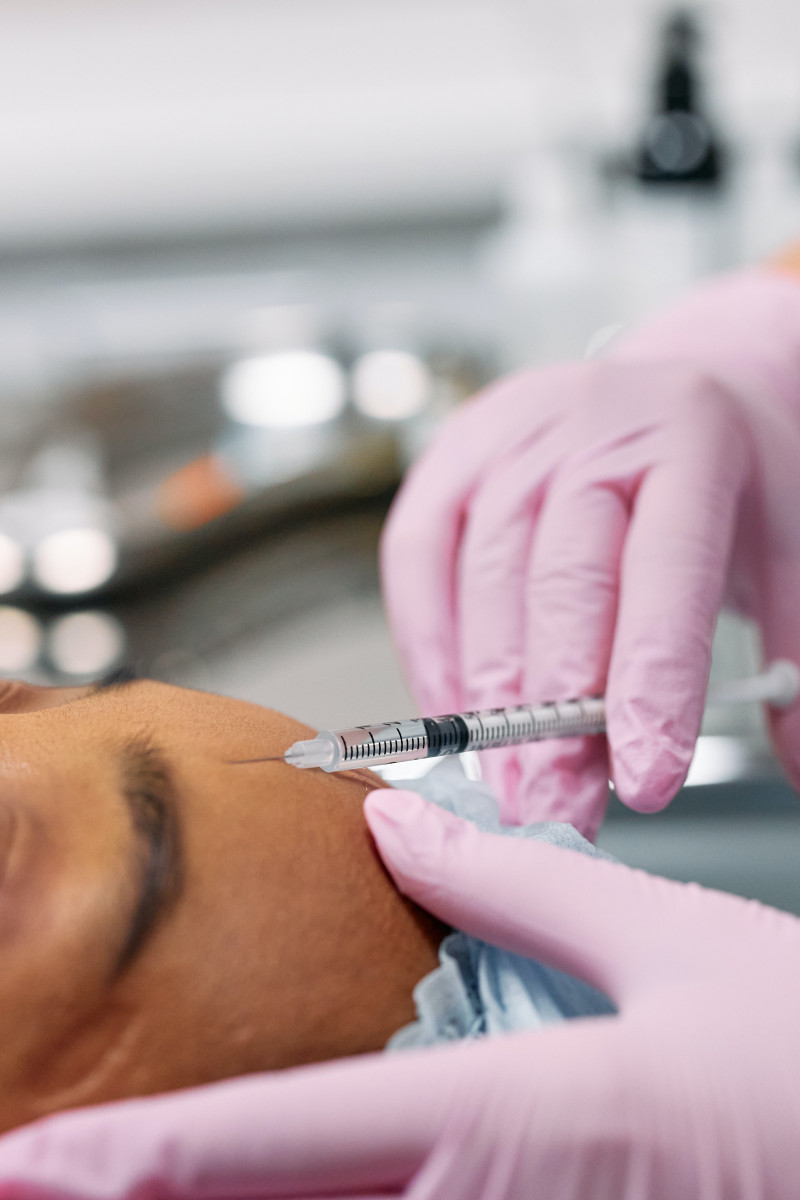Many new mums worry that their milk supply is low and that their babies are not getting enough breast milk.
So how to boost your body into producing enough breast milk for your baby?

Breastfeeding is a supply and demand process.
In other words, the more you breastfeed, the more milk your body produces.
So, if you seem to be producing less milk than usual, try to feed your baby more often.
Some factors that affect milk production and breastfeeding management include:
- Health conditions, sucking problems, or anatomical problems with the baby, which can prevent the baby from removing milk adequately from the breast.
- Health problems or anatomical problems with the mother such as diabetes, ovarian cysts, hormonal problems, previous breast injury, previous breast enhancement where the implant is inserted at the edge of the areola.
- Sore nipples and painful breastfeeding
- Smoking
- Taking any form of hormonal birth control (the pill, patch or injections)
- Having small milk storage capacity. A mother with a smaller storage capacity will need to nurse the baby more often to maintain milk supply since her breasts will become full more quickly, slowing down milk production.
To speed milk production and increase overall milk supply, the key is to remove more milk from the breast and to do this frequently:
Nurse your baby regularly whenever he needs to
Feed your baby on demand rather than by the clock. When babies are breastfed in response to their appetite, they tend to remove plenty of milk from your breasts. As a rule of thumb, the more milk your baby removes from your breasts, the more milk your body will produce. When you put your baby on scheduled feedings, you are stretching out the time between feedings, making the rate at which milk is made slower, which can result in less milk. If your baby is difficult to wake or doesn’t feed well, wake him up and feed him at least every 2-3 hours.
Check to see if your baby is latching on to your breast properly
If milk is not effectively removed from the breast, then mom’s milk supply decreases. Certain health conditions or anatomical problems with the baby, such as jaundice or tongue-tie can prevent the baby from removing milk adequately from the breast, thus decreasing milk supply. Your baby may feel sleepier than usual, and doesn’t wake up to nurse frequently. In this case, you may need to pump your milk to build up a good supply.
Avoid bottles when possible
In the first couple of weeks, avoid giving a bottle of milk to your baby. The bottle can cause the baby to have problems sucking properly at the breast because he/she may prefer the constant faster flow of the bottle, which will trick your breasts into producing less milk.
Avoid pacifiers when possible
Pacifiers can affect a baby’s latch. They can also significantly reduce the amount of time your baby spends at the breast, which may cause your milk supply to drop.
Avoid nipple shields
Nipple shields can reduce the stimulation to your nipple, which can interfere with the supply-demand cycle. Your baby may not get enough milk and your body will not get the signal to make enough milk.
Pump your breasts regularly
If the baby is not transferring milk well, then it is important for mom to pump milk after and/or between nursings to maintain milk supply. Removing leftover milk in your breasts will help you to produce more milk.
Offer both sides at each feeding
Let the baby finish the first side, then offer the second side. Wait until your baby comes off the first breast before offering him the second. Keep your baby close to you and hold him skin-to-skin to promote hormones that boost your milk supply such as oxytocin.
Stay Hydrated
Water is an important component of breastmilk. Have at least one glass of water every time you feed your baby as well as in between when you feel thirsty. Aim to have between 8 to 12 glasses of water daily.
You should continue to breastfeed as often as you can even when your milk supply is low. Frequent and effective feeding is the key to boosting your milk supply!






